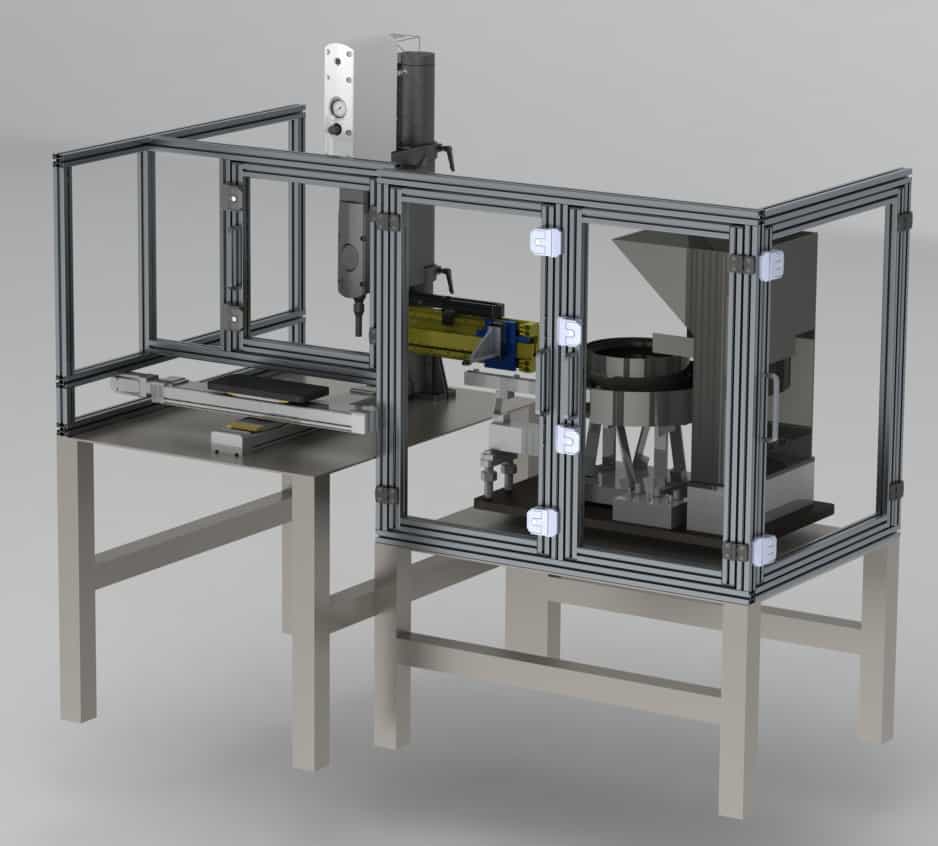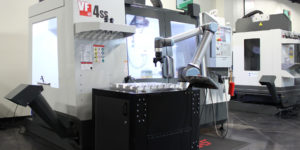Automation Glossary: Gantry Robot
What Is A Gantry Robot?
A gantry robot is an advanced type of industrial robot designed to move along a linear track system known as a gantry. The setup is a frame that supports the robot’s movement in multiple directions, enabling a broad range of motion. Due to their robust construction, gantry robots are capable of handling substantial payloads with high precision. They excel in various industrial applications, including material handling, assembly, and welding. Their ability to operate efficiently in large workspaces makes them ideal for tasks requiring precise positioning and coordination.
What Are Gantry Robots Used For?
- Material Handling: Gantry robots are great for streamlining logistics and warehouse operations. They are often used to efficiently stack and unstack pallets. Additionally, they are ideal for precise part transfers between workstations, assembly lines, or storage areas. Gantry robots are also widely used for loading and unloading machines such as CNC and injection molding equipment.
- Assembly: In assembly processes, gantry robots offer exceptional accuracy and consistency. They are used for component placement assemblies, screwdriving, and fastening, as well as welding operations, improving efficiency and reliability.
- Additional Applications: Gantry robots are also able to perform tasks such as quality inspections using cameras and sensors, apply paint, adhesives, or coatings with precision, and carry out machining tasks like milling and drilling on large workpieces.

Related Terms
Airbag system deployment testing is the systematic examination of an airbag system's functionality and dependability during deployment across diverse scenarios....
Airbag system deployment testing is the systematic examination of an airbag system's functionality and dependability during deployment across diverse scenarios....







